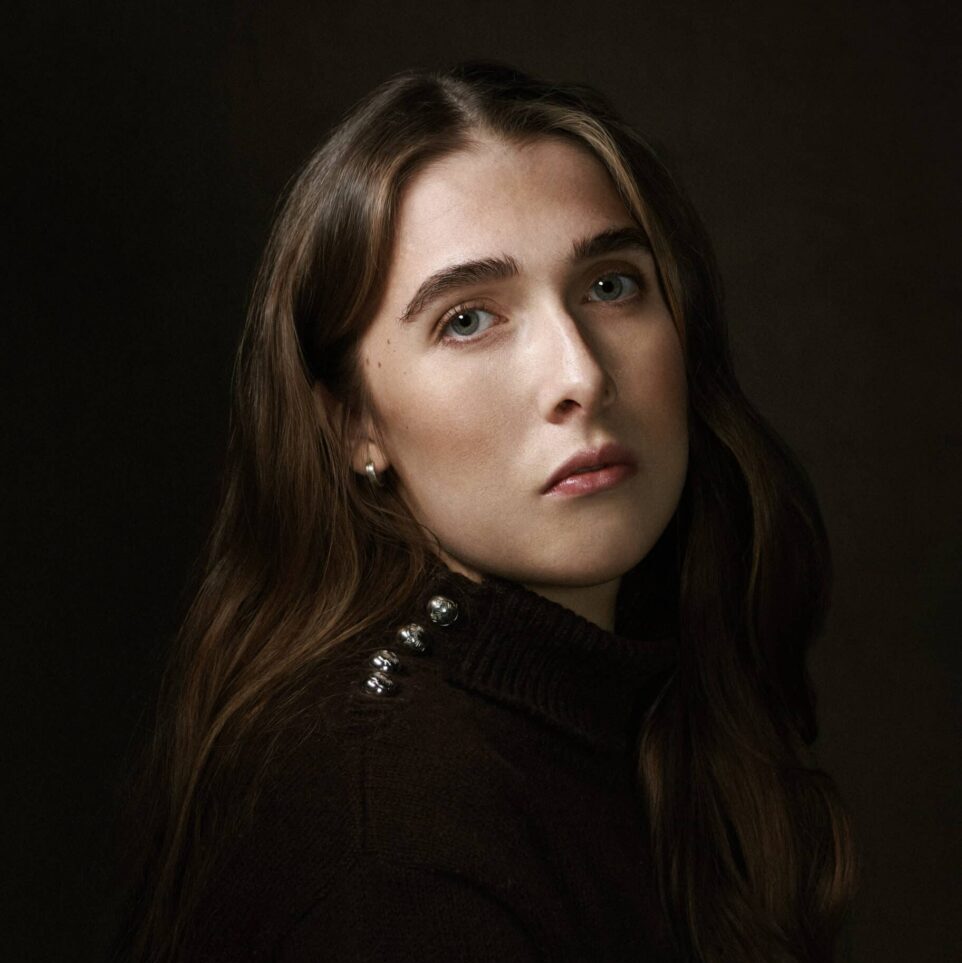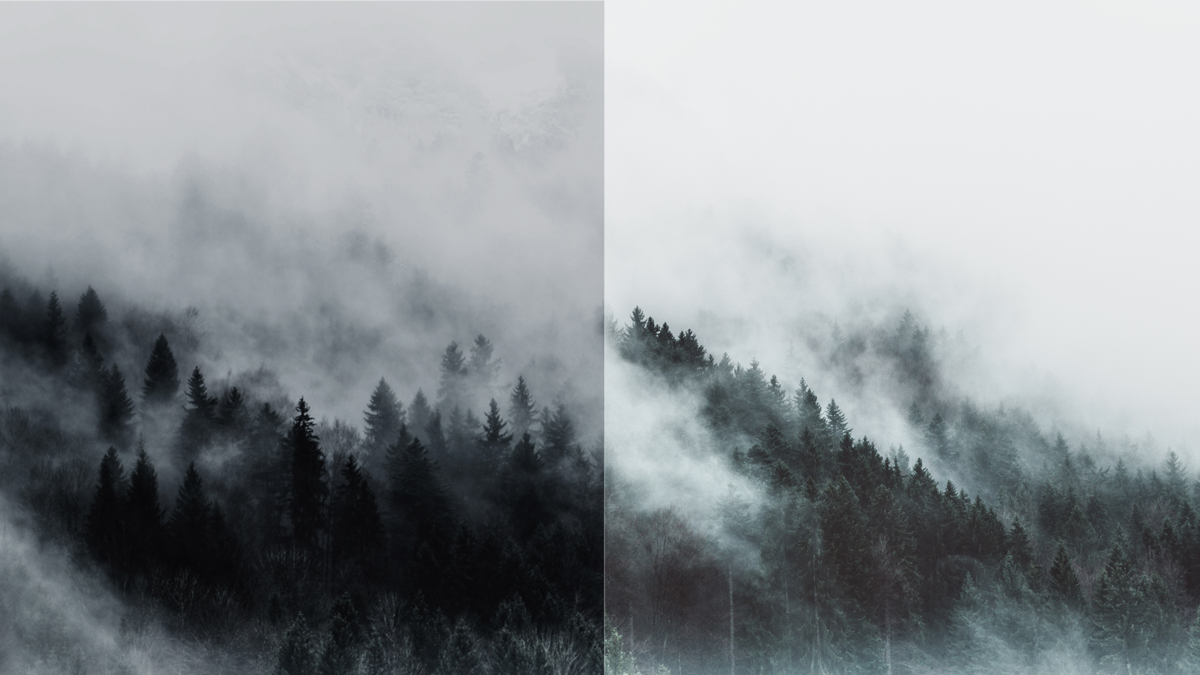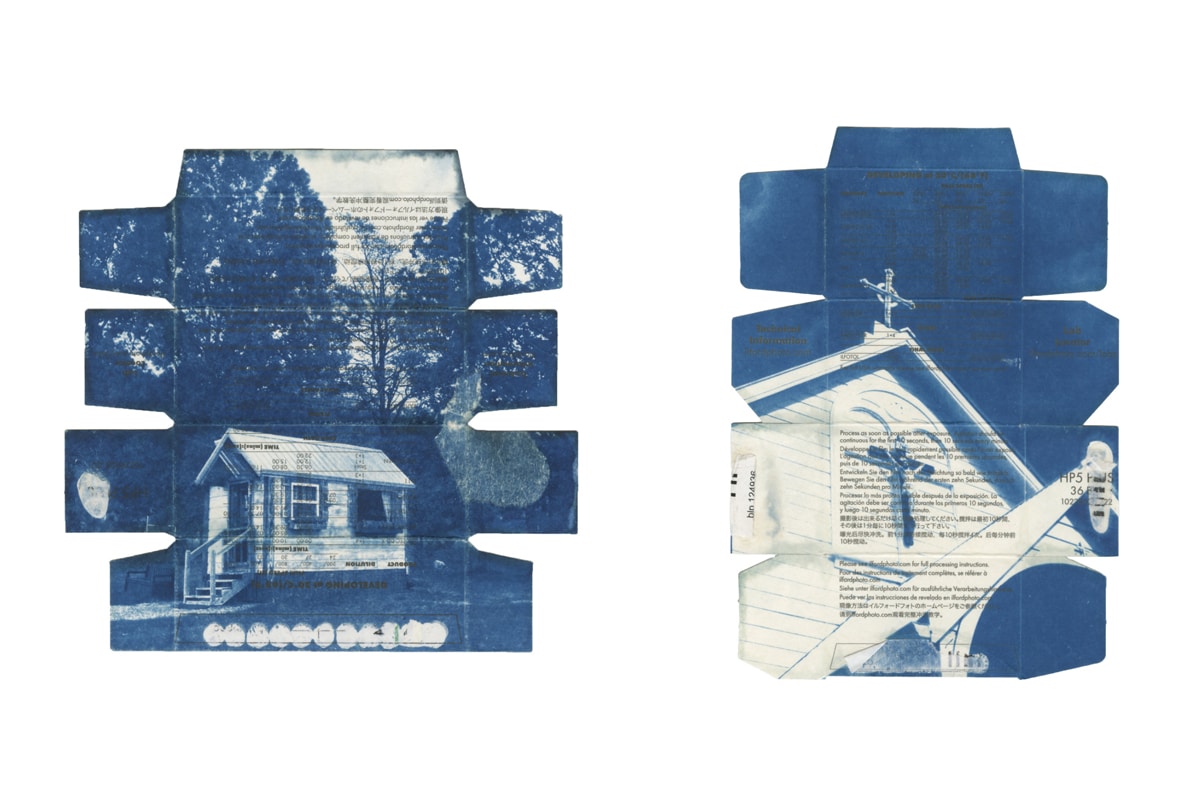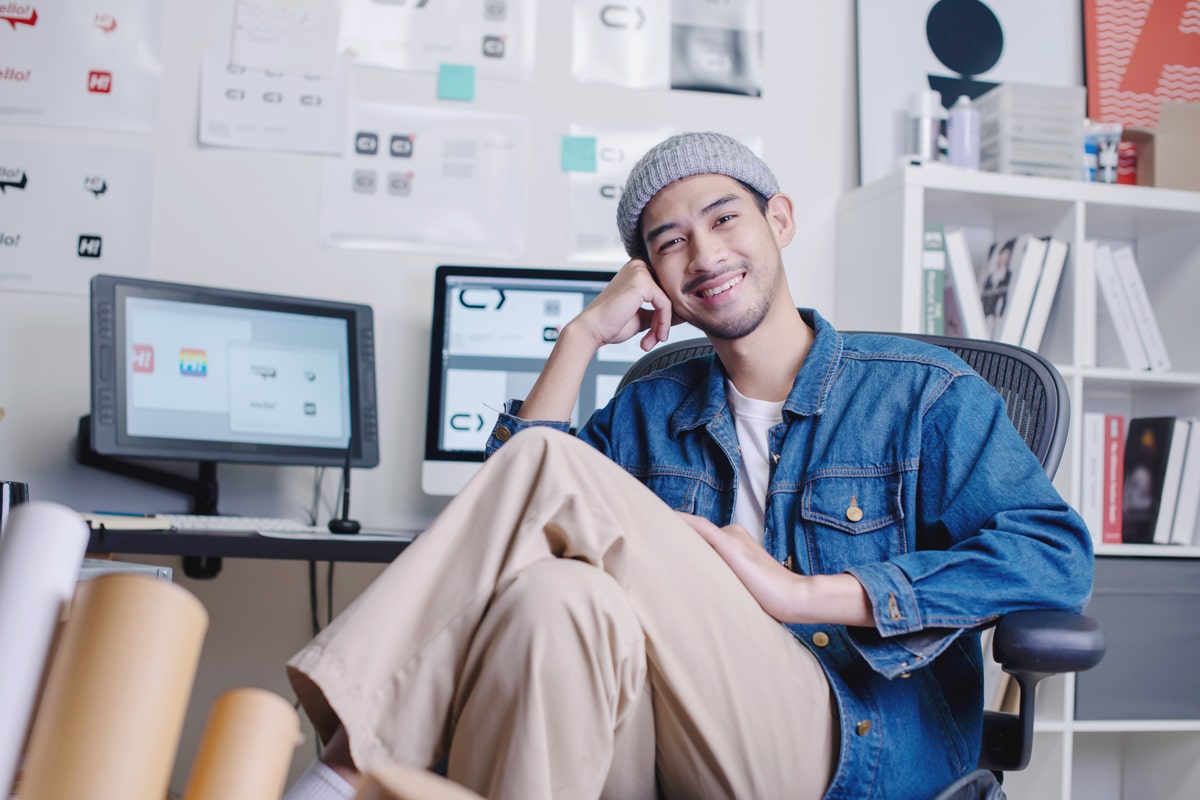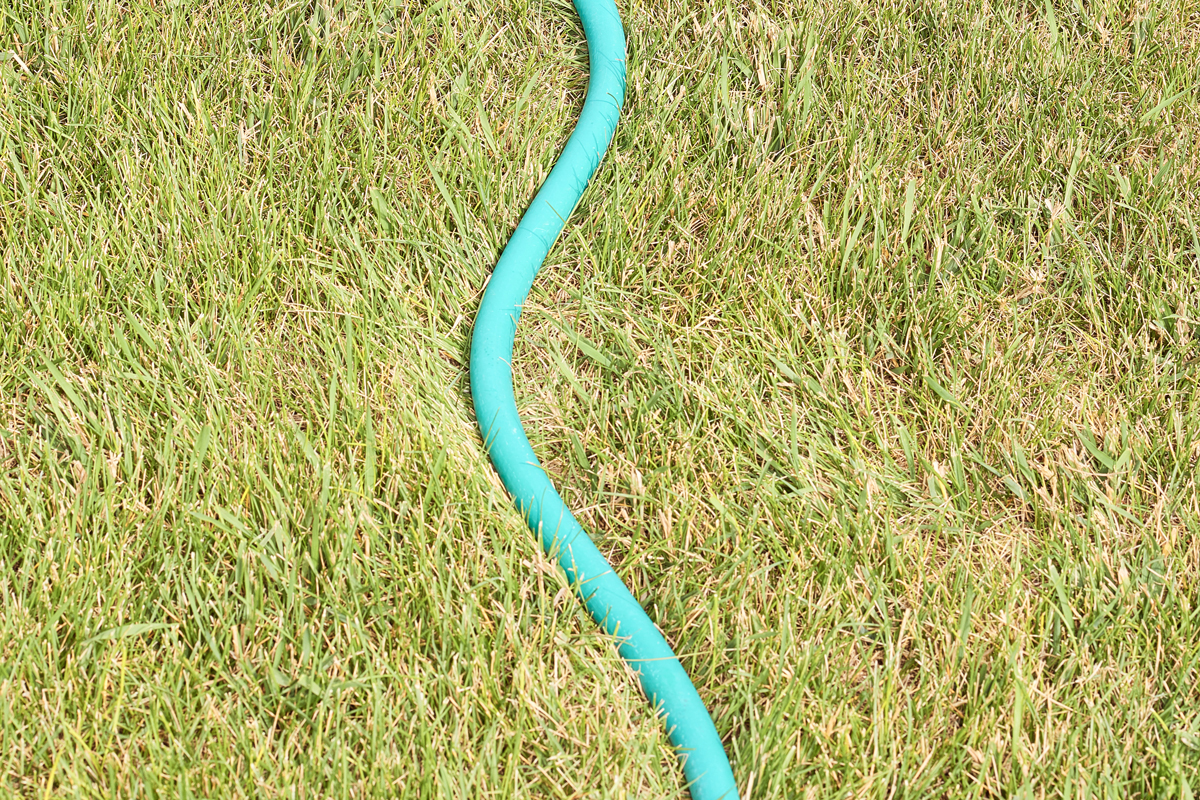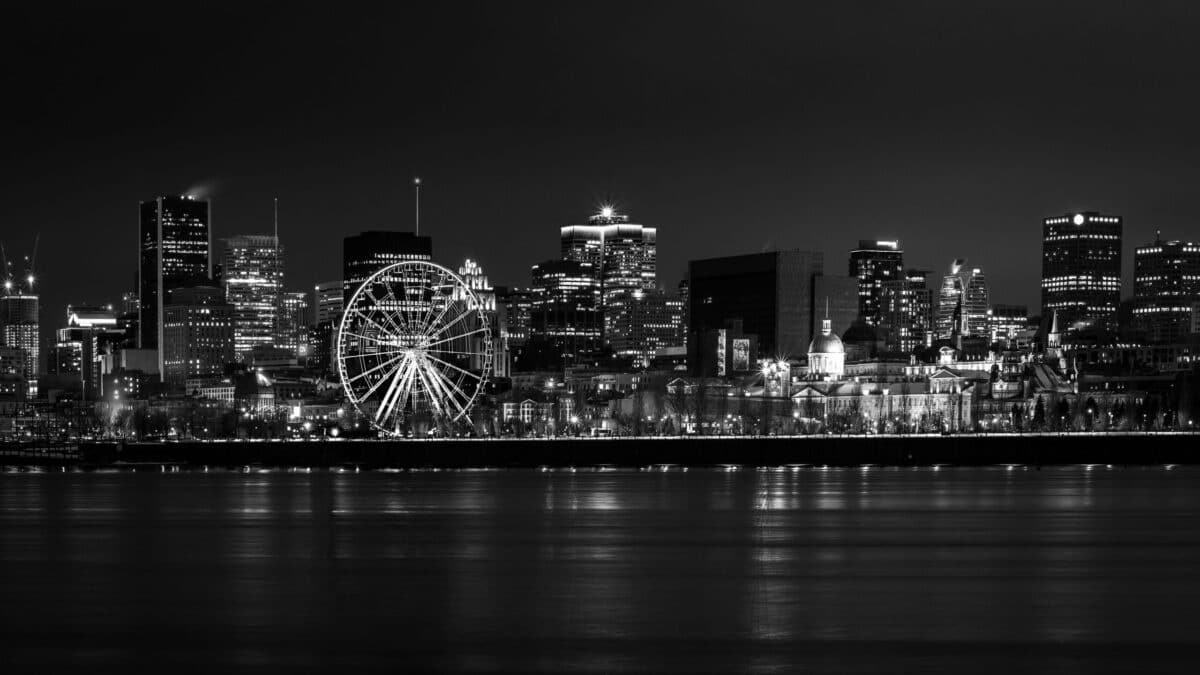Danielsen received her formal training at Media College Denmark. In 2024, Format is partnering with Media College Denmark to provide free portfolio services to students to support their transition from school into the professional world of photography. To mark this occasion, we sat down with Marjun to discuss her journey into photography, her training and how she’s developed her unique style of photography and film.
To view more of Marjun’s work, check out her Format portfolio.
Learn more about Media College Denmark here.
Can you introduce yourself and your work?
My name is Marjun Danielsen, and I’m a portrait photographer. I’m 25 years old, originally from the Faroe Islands, and currently based in Aarhus, Denmark. My work focuses on capturing authentic moments and telling stories through portrait photography. I aim to create images that connect with people on a deeper level, whether it’s personal or professional projects.
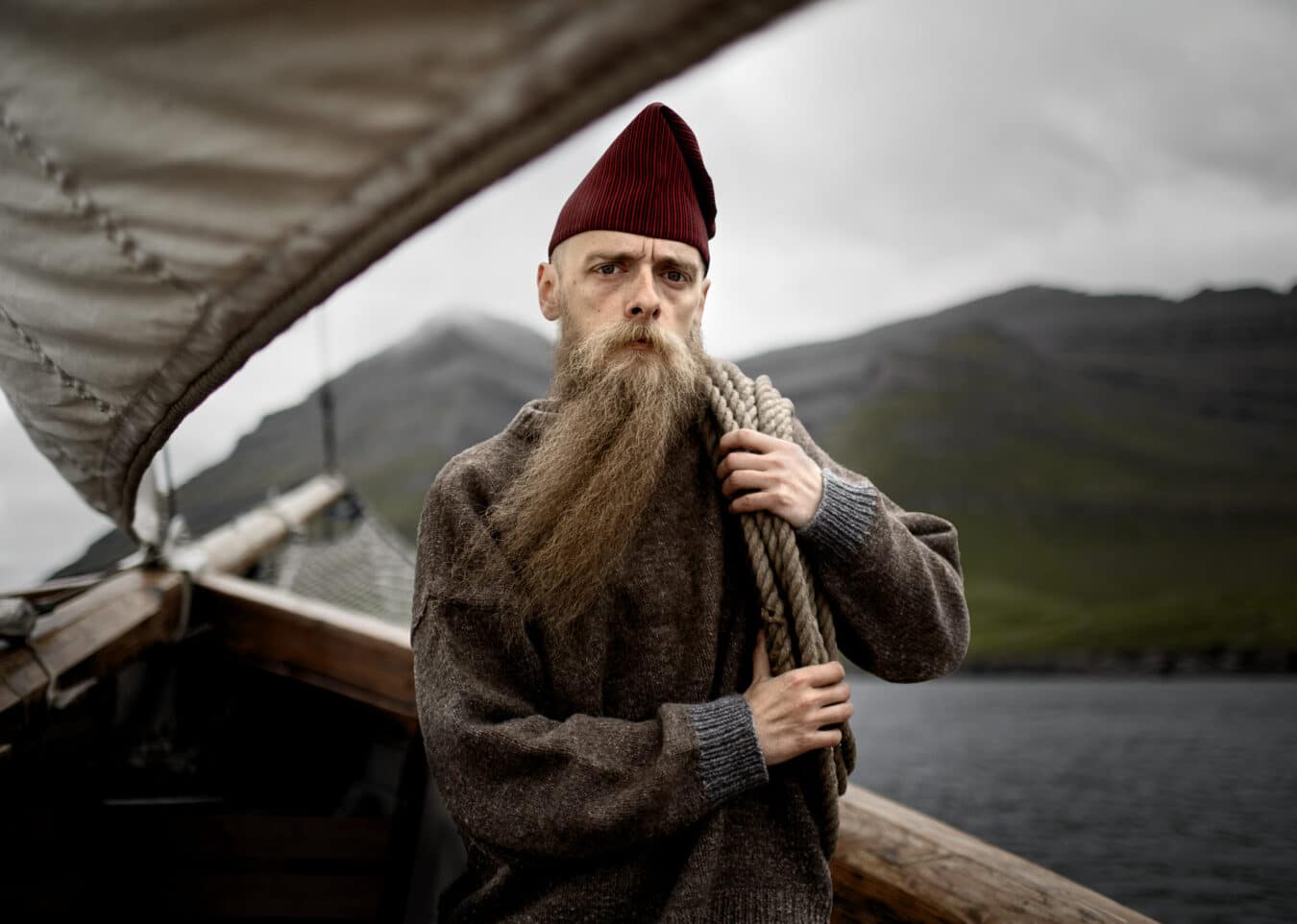
When did you first realize you had a passion for photography?
What started as a simple hobby, photographing my dogs and horses, gradually grew into something much deeper. I spent hours behind the camera–experimenting with different angles, light, and techniques–trying to capture their personalities and unique movements. Eventually, my focus expanded to taking photos of family and friends, and that’s when I really started to see photography as more than just a pastime. It became my creative outlet, a space where I could experiment freely and bring my ideas to life. Each photo was an opportunity to tell a story, capture a moment, or evoke a feeling—and that’s when I realized how powerful photography could be, not just for myself but also as a way to connect with others.
What initially drew you to photography as a form of creative expression?
What initially drew me to photography was its ability to capture emotions and moments that would otherwise fade with time. I love how a single image can evoke feelings, tell stories, and create connections that go beyond words. Photography became my way of preserving those moments and sharing my perspective with others.
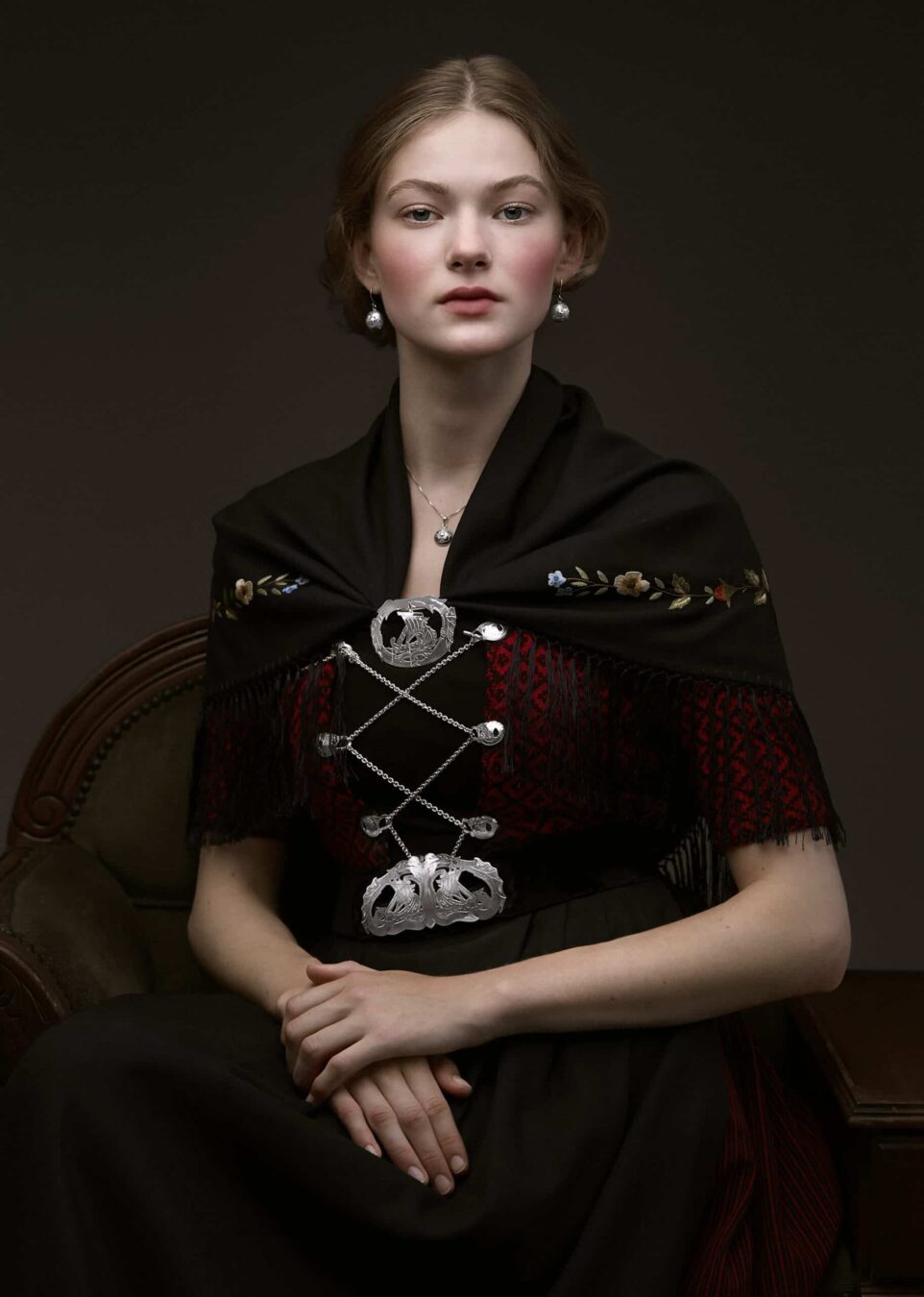
You went to Media College Denmark to train as a professional photographer. Could you tell us a bit about the school and your workplace?
Media College Denmark is, first and foremost, a place that embraces people from all walks of life. From the very first day, I felt at home there, especially with the amazing friendships I’ve built. Beyond being one of the best and coziest schools with incredible people and teachers, the learning environment is both supportive and enriching. I’ve been equipped with everything I need to know and master in photography, from technical skills to creative development. The school emphasizes hands-on learning, which really allowed me to evolve my technical skills while developing my own style. During my time there, I learned a lot about visual storytelling, lighting techniques, photo editing and how to build my own website. The school has given me a strong foundation to thrive as a professional photographer.
As part of the program, I worked in the communications department at Aarhus University as a student of photography. While there I worked with videographers, graphic designers, and communication professionals on various large-scale projects. One of the key aspects of my role was the level of independence I had in managing tasks, from concept development to execution. This independence allowed me to gain valuable experience in making decisions, managing time effectively, and taking full responsibility for the outcome of the projects. It’s been an important learning experience, especially as I now start my own photography business. The combination of teamwork and self-driven work has given me a solid foundation for stepping into entrepreneurship.

You seem to love doing portraits. What makes portrait photography so special to you?
I find portrait photography to be one of the most intimate and personal forms of photography. What makes it so special is the ability to capture the essence of a person—their emotions, personality, and their stories—all in a single frame. It’s about much more than just taking a picture; it’s about establishing a connection and trust between myself and the subject. When someone allows themselves to be vulnerable in front of the camera, it’s a privilege to be able to capture that authenticity.
I love the challenge of reading a person’s body language, understanding their mood, and finding the right moments that bring out who they truly are. Every person is unique, and so is each portrait session. No matter how much planning goes into it, there’s always something spontaneous about the process, something unexpected that makes the image more real. That ability to reveal a deeper truth or emotion in someone is incredibly rewarding for me as a photographer.
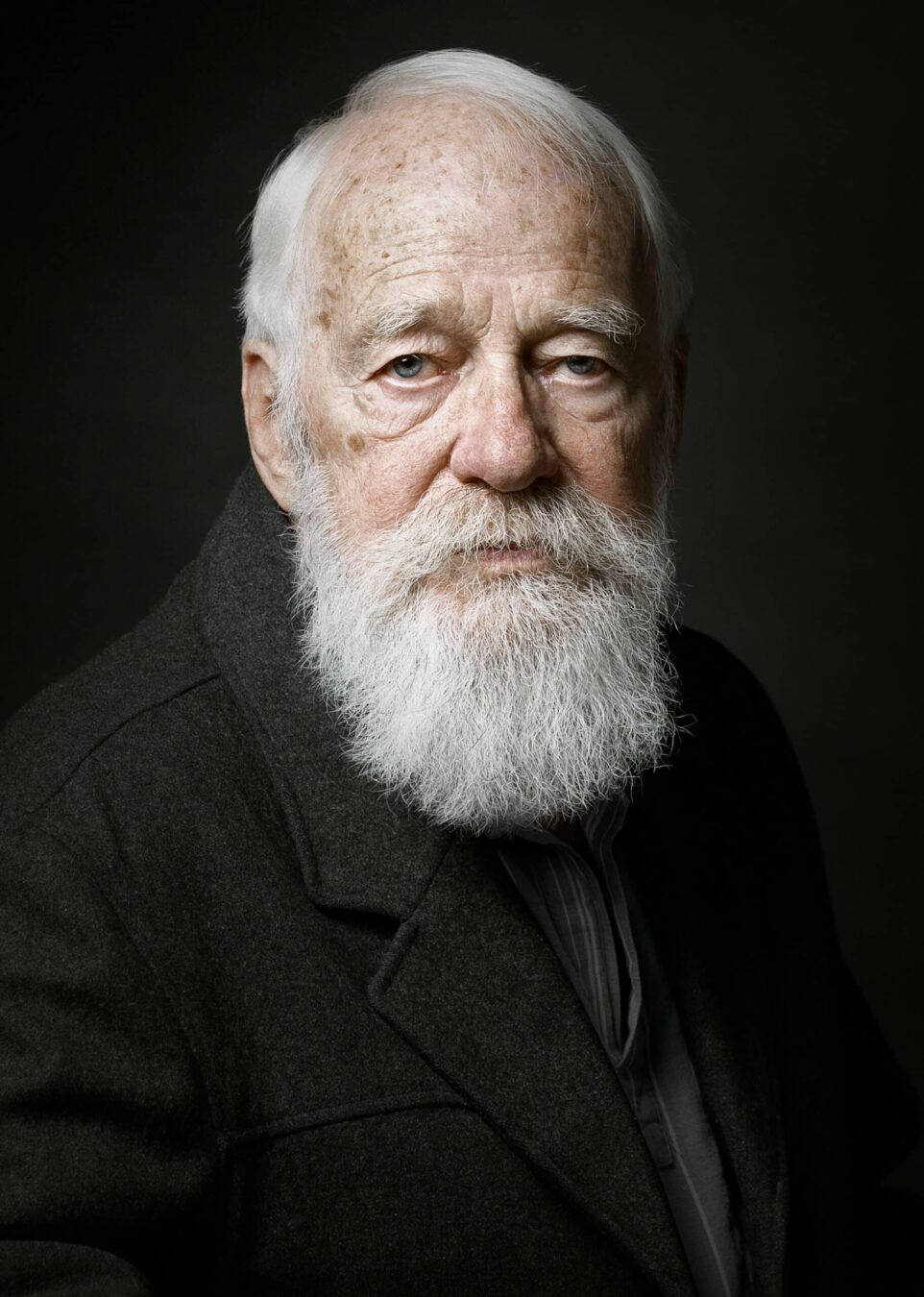
How do you begin a portrait photography session and help people relax in front of the camera?
Before the portrait session, I take the time to align expectations with my clients or models and ensure they feel comfortable with both me and the photoshoot. It’s important to me that they feel relaxed and excited about the process. As part of this, I have a conversation with them to discuss my vision and what I hope to achieve, and I present the moodboard to make sure we’re on the same page. During the shoot, I make sure to provide constant feedback by showing sneak peeks of the images and offering compliments and guidance. It’s all about creating a space where they feel confident and at ease. By establishing that trust and creating a positive, supportive environment, I find that it’s much easier for them to relax and for me to pose and guide them.
How has your style or technique evolved since you first began taking photos?
When I first started taking photos, I didn’t pay much attention to the technical aspects like camera settings or lighting. My focus was purely on the subject in front of me. Over the years, I’ve gradually shifted my attention toward mastering the technical side—learning how to control lighting, composition, and camera settings. This growth has enabled me to focus on both the subject and the narrative I want to capture. My technical understanding has definitely evolved, and now I can seamlessly balance the creative vision with the technical details, leading to more dynamic and intentional images. With time, I’ve also slowly developed my own style, combining storytelling, inspiration, technical expertise, and authenticity to create powerful, unique photographs.
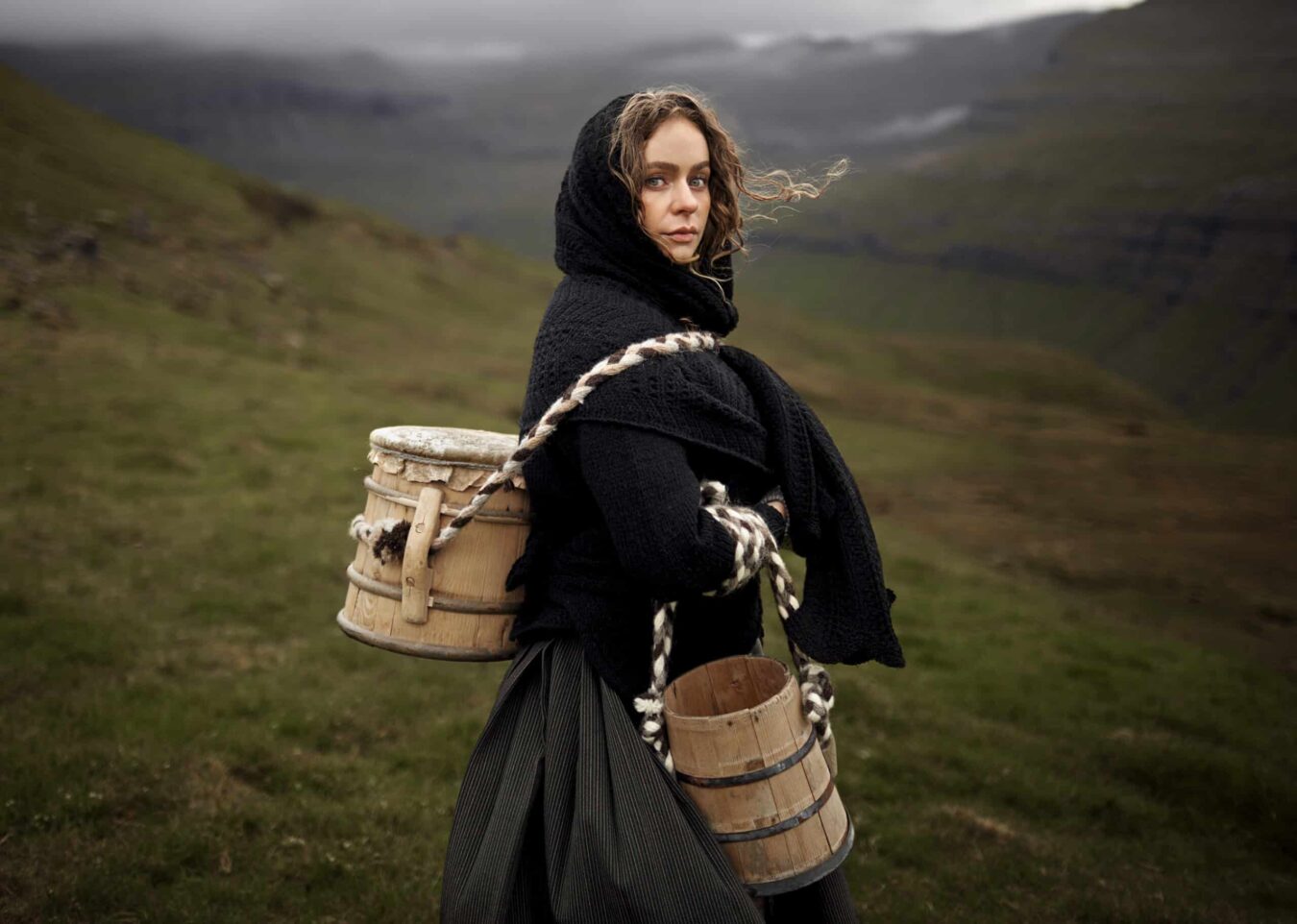
What role does spontaneity play in your photography versus pre-planning shots?
I believe there’s a balance between the two. I love pre-planning, especially for campaigns or specific projects where everything needs to align perfectly. However, some of my best shots have come from spontaneous moments during a session—those unplanned interactions or natural expressions that can’t be staged.
Are there any photographers or artists who have significantly influenced your work?
Yes, I’m deeply inspired by both old paintings and historical photographs. They hold a special place in my heart and have been a huge source of inspiration for me. There’s something timeless and captivating about the way light, shadow, and emotion are captured in classical art and early photography. These works have greatly influenced my approach, especially in terms of composition, the use of light, and the emotional depth I strive to bring into my images. While I admire many contemporary photographers, the richness and storytelling found in older works continue to guide and shape my style.
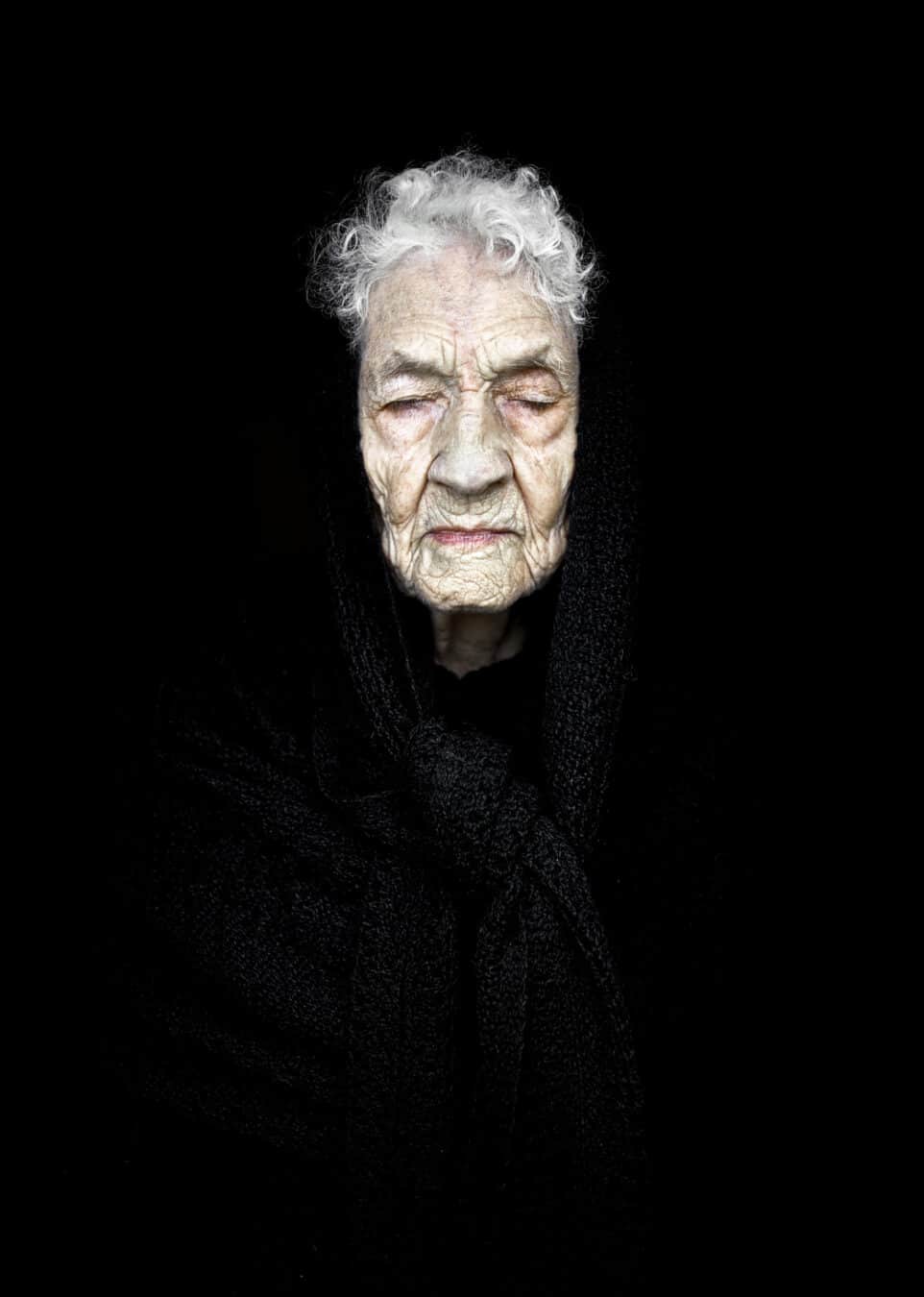
Do you prefer shooting in natural light or studio settings, and why?
I don’t have a strict preference—I use whatever makes the most sense for the shoot and the image I’m trying to create. I love the versatility of natural daylight; it changes throughout the day and brings a softness and authenticity to photos. At the same time, I’ve become a huge fan of combining natural light with flash, as well as working with controlled studio lighting. Each type of light offers something different, and I think more about what will best serve the vision of the final image, rather than focusing on which lighting I prefer. Both natural light and studio settings have their place, depending on the mood and story I want to convey.

You just graduated as a professional photographer. Where do you see your photography career going in the next few years?
My dream is to build a career as a portrait photographer and eventually have my own studio. I’m excited about the possibility of collaborating with brands and working on personal projects that allow me to explore my creative vision as an independent photographer. I’m currently working on building my portfolio and connecting with new clients. I have a few portrait sessions lined up, and I’m also developing new personal projects. There’s a lot of creative freedom that comes with being independent, and I’m looking forward to exploring new opportunities and collaborations in the near future. Ultimately, I want my photography to connect people and tell meaningful stories. For now, I’m embracing the journey as it unfolds and looking forward to seeing where it takes me.

What is the role your portfolio plays in your role as a professional photographer?
My portfolio is essentially a visual résumé. It showcases my style, technical abilities, and the projects I’ve worked on. It’s a way for potential clients and collaborators to see how I approach storytelling through images and how my vision aligns with their needs. A strong portfolio is crucial because it’s often the first impression people have of my work, and it helps build trust by showing consistency and creativity.
Build Your Portfolio With Format
Rated #1 online portfolio builder by photographers.
What advice would you give to aspiring or emerging artists?
My advice would be to stay curious and open to learning. Photography is constantly evolving, and there’s always something new to explore, whether it’s a technique or a different perspective. Don’t be afraid to experiment and find your own voice, but also be patient—it takes time to develop your unique style. Lastly, build connections with others in the creative industry. Collaboration can open doors to new opportunities and help you grow as an artist.
You can get a behind the scenes look at some of Marjun’s photoshoots in this short film created by Markus Bjerremand:
About Media College Denmark
Media College Denmark is based in Vibord, Denmark. Since 1987 the school has provided the European visual industry with commercial photographers, film and television production technicians, and in more recent years, has expanded to include fields like web development. The student programs rest on the dual principle, which is a quite unique feature to the Danish educational system.
As an upcoming photographer you enter the basic course, which is open to everybody with a passion for photography. To continue your studies after the 20 weeks of basic training, you go on the hunt for a place to work in order to be admitted into the main courses. The workplaces are often photographic studios in Denmark and Scandinavia, and for four years you work as a photographer in your studio while attending the main courses for 40 weeks in total. The photographer is not seen as an intern in the classic sense but part of the photographic team. For the duration of their studies, they are paid a student salary and are expected to work full-time. The dual principle ensures that the photographer knows the photographic industry after graduating, as the main part of their studies occurs within the industry.
The student programs are in Danish and so is the website–regardless of language, you can view the graduating portfolios at this link, organized by graduation year and the name of the photographer: https://mcdm.dk/fotograf/gallerier-fotografuddannelsen/

